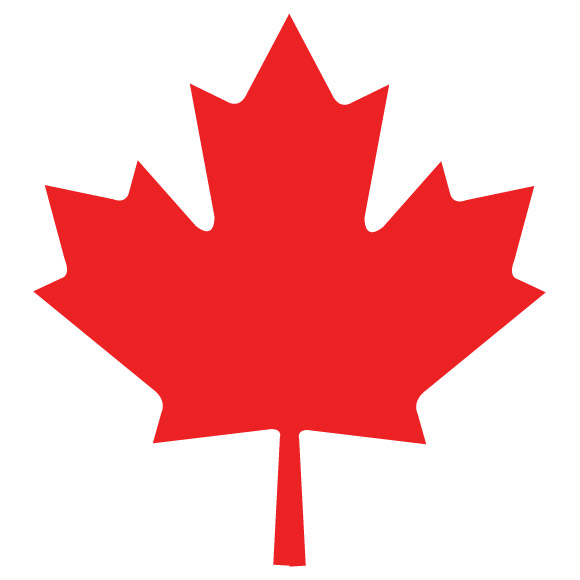Demonstrate understanding of the surface area of 3-D objects limited to right prisms and cylinders (concretely, pictorially, and symbolically) by:
- analyzing views
- sketching and constructing 3-D objects, nets, and top, side, and front views
- generalizing strategies and formulae
- analyzing the effect of orientation
- solving problems.
[CN, PS, R, T, V]
| (a) |
Manipulate concrete 3-D objects to identify, describe, and sketch top, front, and side views of the 3-D object on isometric paper. |
| (b) |
Sketch a top, front, or side view of a 3-D object that is within the classroom or that is personally relevant, and ask a peer to identify the 3-D object it represents. |
| (c) |
Predict the top, front, and side views for a 3-D object that is to be rotated by a multiple of 90°, discuss the reasoning for the prediction, and then verify concretely and pictorially. |
| (d) |
Identify and describe nets of 3-D objects that are used in everyday experiences (e.g., such as patterns or materials for clothing and banker boxes). |
| (e) |
Relate the parts (using one-to-one correspondence) of a net to the faces and edges of the 3-D object it represents. |
| (f) |
Create a net for a 3-D object, have a peer predict the type of 3-D object that the net represents, explain to the peer the reasoning used in designing the net, and have the peer verify the net by constructing the 3-D object from the net. |
| (g) |
Build a 3-D object made of right rectangular prisms based on the top, front, and side views (with and without the use of technology). |
| (h) |
Demonstrate how the net of a 3-D object (including right rectangular prisms, right triangular prisms, and cylinders) can be used to determine the surface area of the 3-D object and describe strategies used to determine the surface area. |
| (i) |
Generalize and apply strategies for determining the surface area of 3-D objects. |
| (j) |
Create and solve personally relevant problems involving the surface area or nets of 3-D objects. |





